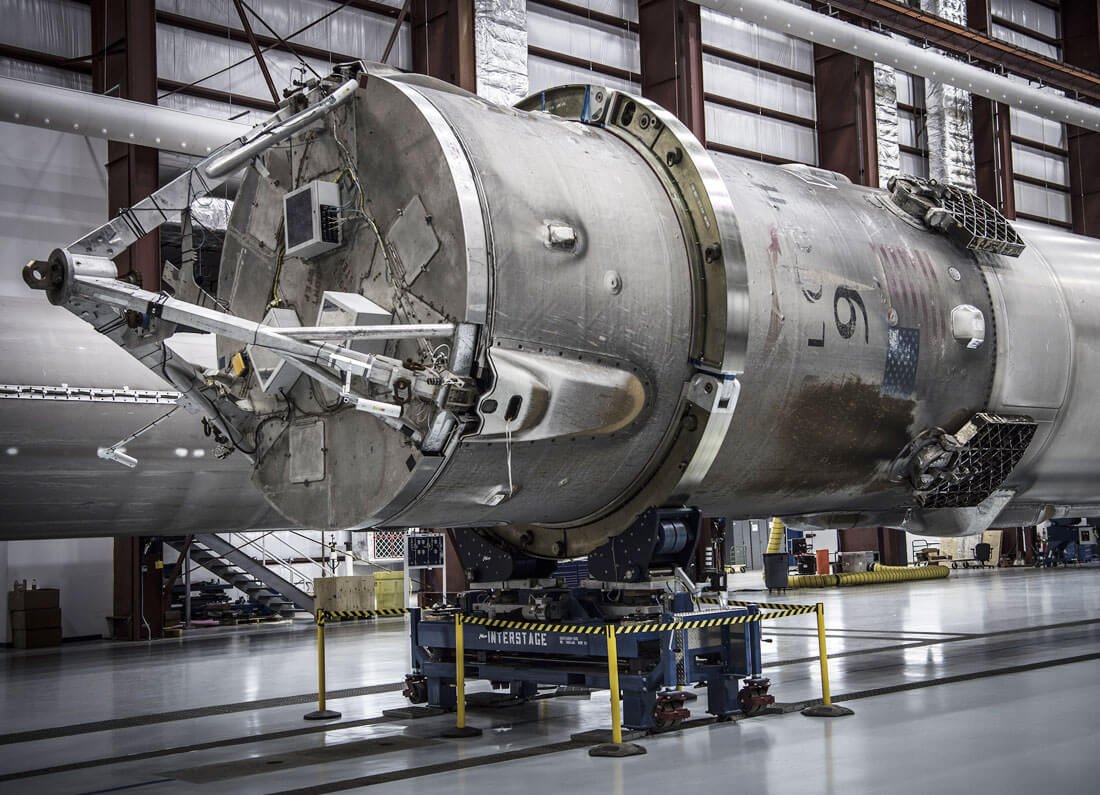The proposed redevelopment of Subang Airport—officially known as Sultan Abdul Aziz Shah Airport, has sparked major conversations across Malaysia’s aviation and economic sectors. Once Kuala Lumpur’s main international gateway before KLIA took over in 1998, Subang Airport now focuses on turboprop regional flights, general aviation, and Maintenance, Repair & Overhaul (MRO) services. The question on the table: Will upgrading Subang Airport truly benefit Malaysia, or could it create more challenges than opportunities?
What the Upgrade Involves
The Subang Airport Regeneration Plan, announced by Malaysia Airports Holdings Berhad (MAHB), aims to transform the airport into a modern urban aviation hub. Key features include:
- A new terminal with increased passenger capacity
- Enhanced infrastructure for business aviation
- Expansion of MRO and aerospace facilities
- Support for electric aircraft and sustainability initiatives
The vision is to turn Subang into a regional city airport akin to London City or Seletar in Singapore, serving premium passengers, short-haul routes, and corporate travelers.
Potential Economic Impact
The redevelopment could stimulate significant economic activity:
- Job Creation: Thousands of direct and indirect jobs across aviation, aerospace, and services.
- Increased Connectivity: Quicker access to the Klang Valley area for business travelers and regional passengers.
- Boost to MRO Sector: Malaysia’s MRO industry could gain competitiveness with enhanced facilities and logistics.
“Subang’s upgrade could make Malaysia a serious player in Asia-Pacific’s business aviation and MRO market,” says aviation economist Dr. Faris Hamzah.
Environmental & Urban Concerns
However, critics argue that the benefits come with costs:
- Noise & Congestion: Increased air traffic may lead to noise complaints from nearby residential areas and more road congestion.
- Overlapping with KLIA: Some fear Subang could cannibalize KLIA’s traffic, especially for short-haul routes.
- Environmental Impact: Urban airport operations increase CO₂ emissions unless strict green standards are enforced.
“We must be cautious not to prioritize convenience over sustainability,” says environmental policy analyst Nur Shafina Lim.
Strategic vs. Redundant?
Malaysia must weigh whether the redevelopment complements or competes with other national aviation goals. KLIA remains under-utilized, and Penang, Johor Bahru, and East Malaysia airports also seek more investment.
If executed strategically, Subang’s modernization could relieve KLIA from handling regional traffic, while boosting premium and MRO services. But without national coordination, it could lead to overcapacity and fragmented planning.
Conclusion: A High-Stakes Bet
The Subang Airport upgrade holds undeniable promise, from enhancing Malaysia’s regional aviation status to strengthening economic resilience. Yet, it must be handled with transparency, environmental foresight, and synergy with the broader aviation ecosystem.
Is it truly beneficial? The answer lies not just in construction but in policy, planning, and people, first execution.













Leave a Reply